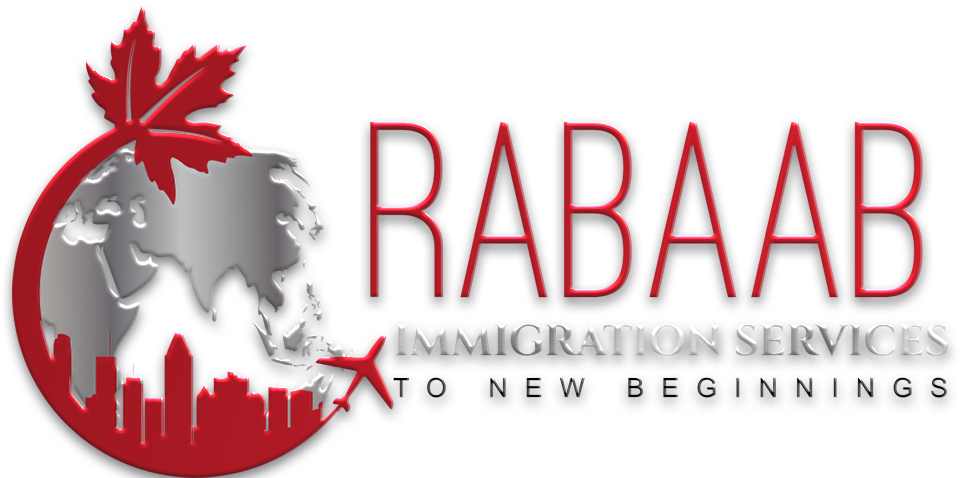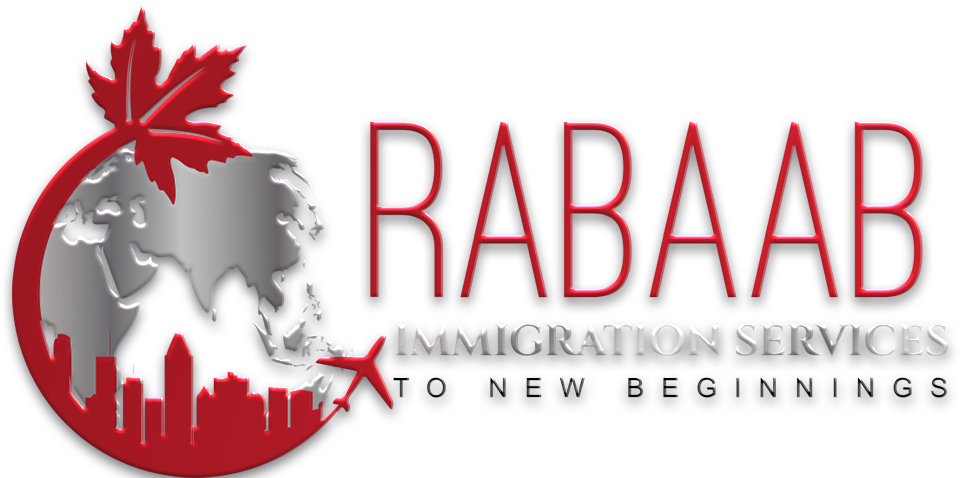
The Provincial Nominee Program (PNP), which began in 1998, is the second most popular pathway for qualified workers to immigrate to Canada after Express Entry.
Each province and territory in Canada maintain its PNP tailored to its unique economic and demographic demands.
Continue reading to learn how to immigrate to Canada as a provincial nominee, as well as the most recent Canadian PNP updates.
OVERVIEW
The federal government and each province and territory share responsibility for managing the country’s immigration system under the terms of the Canadian Constitution.
As such, the Provincial Nominee Program (PNP) enables Canadian provinces and territories to nominate persons interested in immigrating to Canada and residing in a certain province. The only exceptions are Nunavut and Quebec. Rather than that, the province of Quebec has the authority to define its own economic immigration selection criteria.
The PNP’s primary objective is to disseminate the benefits of immigration throughout Canada. Prior to the PNP’s establishment in 1998, the majority of immigrants to Canada settled in Ontario, Quebec, and British Columbia. However, since 1998, Canada has seen a more even distribution of immigration across the country, as the Prairie provinces (Alberta, Saskatchewan, and Manitoba) and Atlantic provinces (New Brunswick, Nova Scotia, Prince Edward Island, and Newfoundland and Labrador) have had greater success attracting immigrants, largely due to the PNP.
However, all decisions regarding Canadian permanent residence must be approved at the national level by the federal government, so Canada’s provinces cannot approve permanent resident status on their own. As a result, provincial programmes are referred to as “nominee” programmes.
The province will nominate a successful applicant to a PNP to apply to the federal government for permanent residency. As a result, obtaining a provincial nomination is always the first step in a two-part process. An interested immigrant must first be accepted at the provincial level before applying at the federal level.
PROVINCES AND TERRITORIES
Since programme requirements and application procedures vary significantly between provinces, prospective applicants should contact each province to assess their eligibility.
ALBERTA PROVINCIAL NOMINEE PROGRAM (APNP)
Alberta’s provincial immigration programme is divided into three streams: Alberta Opportunity, Alberta Express Entry, and Self-Employed Farmer. Provincial nominations are made available to foreign nationals who meet program-specific criteria and indicate a desire to live in the respective province.
BRITISH COLUMBIA PROVINCIAL NOMINEE PROGRAM (BCPNP)
The BC PNP is divided into three streams: Skills Immigration, Express Entry BC, and Entrepreneur Immigration. These streams are separated into groups that cater to skilled workers, international graduates, and other professionals with the necessary abilities, experience, and credentials in British Columbia.
MANITOBA PROVINCIAL NOMINEE PROGRAM (MPNP)
Manitoba’s provincial immigration policy is divided into streams for qualified professionals and their families who seek to live and work permanently in the province. The MPNP is undergoing renewal at the moment.
NEW BRUNSWICK PROVINCIAL NOMINEE PROGRAM (NBPNP)
The NBPNP is New Brunswick’s provincial immigration programme, featuring streams dedicated to entrepreneurs, international graduates, skilled employees with employer support, and skilled workers selected through the federal government’s Express Entry system.
NEWFOUNDLAND AND LABRADOR PROVINCIAL NOMINEE PROGRAM (NLPNP)
The NLPNP accepts immigration applications from skilled employees, international graduates, and entrepreneurs who meet program-specific criteria, including a job or job offer, a desire to reside in the province, and the ability to build an economic presence in the province.
NOVA SCOTIA NOMINEE PROGRAM (NSNP)
The NSNP is the province of Nova Scotia’s programme for nominating qualified skilled workers, international graduates, entrepreneurs, and professionals seeking permanent residence in the province.
Economic immigration streams are available under the programme, with not one but three streams connected with Canada’s Express Entry system.
ONTARIO IMMIGRANT NOMINEE PROGRAM (OINP)
Through the OINP, Ontario nominates foreign workers, international students, business owners, and entrepreneurs who possess the necessary skills, experience, education, and intent to establish permanent residence in the province.
PRINCE EDWARD ISLAND PROVINCIAL NOMINEE PROGRAM (PEIPNP)
The PEI PNP is the island province’s economic immigration programme for skilled workers, international graduates, and entrepreneurs who demonstrate a desire to live and work in the province, as well as the ability to establish a business there.
SASKATCHEWAN IMMIGRANT NOMINEE PROGRAM (SINP)
The SINP is Saskatchewan’s dedicated immigration programme for the selection and nomination of eligible foreign nationals via various pathways, including the province’s popular International Skilled Worker: Express Entry and Occupation In-Demand categories.
NORTWEST TERRITORIES NOMINEE PROGRAM (NTNP)
The Northwest Territories accept economic immigration applications to settle in Northern Canada through two main streams – Employer Driven and Business – each of which has three distinct streams, one of which is aligned with Express Entry for skilled workers.
YUKON NOMINEE PROGRAM (YNP)
Yukon’s official provincial immigration programme assists eligible employers in Canada’s far north in nominating internationally trained foreign workers and businesspeople for permanent residence in Canada.
HOW MANY PNPS ARE THERE IN CANADA?
Each of Canada’s thirteen provinces and territories administers a separate PNP programme comprised of multiple streams. There are over 80 distinct provincial nominee programmes in total!
WHAT IS EXPRESS ENTRY PROVINCIAL NOMINEE PROGRAM?
In 2015, Canada launched Express Entry to manage permanent residence applications under the same major economic immigration programmes.
Numerous Canadian provinces and territories have since developed ‘enhanced’ PNP streams compatible with Express Entry.
This means that certain PNPs require applicants to have an Express Entry profile to be eligible for the PNP.
Suppose an applicant is nominated through an Express Entry-aligned PNP. In that case, the applicant may then claim 600 additional Comprehensive Ranking System (CRS) points, virtually guaranteeing them an invitation to apply (ITA) for permanent residence in the next Express Entry draw.
Alternatively, if an applicant is nominated through a PNP that is not Express Entry-compatible, they must submit a paper-based federal application for permanent residence as a provincial nominee.
Federal applications for permanent residence submitted on paper can take significantly longer to process than Express Entry applications submitted electronically.
WHAT ARE REQUIREMENTS FOR CANADA’S PNP?
Each PNP in Canada has its own set of requirements. Provinces and territories frequently seek applicants with work experience that is relevant to their particular labour market.
Additionally, they consider a candidate’s language proficiency, education, and skill set. To qualify, you must demonstrate your ability to contribute to the local economy and a genuine desire to settle in that province or territory.
HOW TO APPLY FOR A PROVINCIAL NOMINEE PROGRAM IN CANADA?
Step by Step guide to applying to a Canadian PNP:
- Choose the PNP that is most appropriate for you: Consult the provinces and territories list at the top of this page to determine the province or territory you wish to immigrate to.
Ensure that you check the eligibility requirements for each PNP to ensure that you qualify.
- Submit an application directly to the PNP of your choice
- Obtain a Certificate of Provincial Nomination: If your application is approved, the province or territory will nominate you to apply for Canadian permanent residence.
- Submit your permanent residence application: Submit an application for permanent residence to the Canadian federal government. If your preferred PNP is compatible with Express Entry, you can complete this process online. Otherwise, a paper application must be submitted.
HOW TO APPLY THROUGH THE PAPER- BASED PROCESS?
If you are applying to a PNP not aligned with Express Entry, you must use the paper-based application process.
After being nominated by a Canadian province or territory, you may submit a paper application to Immigration, Refugees, and Citizenship Canada.
Additionally, you must pass a background check and a medical examination.
Paper-based applications take significantly longer to process than electronic Express Entry applications.
While the average processing time for a permanent resident application submitted via Express Entry is six months, the average processing time for a paper-based application is eighteen months.
HOW TO APPLY THROUGH THE EXPRESS ENTRY PROCESS?
Create an account and submit a profile for Express Entry. You must indicate in your profile that a Canadian province or territory nominated you.
After your nomination is electronically confirmed, you will be added to the Express Entry pool and receive an additional 600 points toward your CRS score. With these additional points, you will certainly obtain an invitation to apply for permanent residence in Canada!
Since each PNP is unique, the application process varies according to the programme.
Certain PNPs accept applications from qualified applicants at any time, so if you meet the PNP’s eligibility requirements, you may submit your application whenever you are ready. Other PNPs operate on a first-come, first-served basis, with the programme closed for the majority of the year and only accepting several hundred applications for a few hours at a time. Finally, some PNPs invite foreign nationals to apply, either through direct selection from the Express Entry pool or by submitting a formal Expression of Interest.
The PNP application process can be confusing, and applications that are submitted incorrectly or are incomplete may be denied. Applicants should exercise caution in completing applications correctly and submitting them via the proper channel.
CAN I APPLY TO EXPRESS ENTRY AND A PNP AT THE SAME TIME?
Yes. You can simultaneously submit an Express Entry profile and a direct application to a PNP stream.
One of the advantages of joining the Express Entry pool is that you make your profile visible to provinces and territories, which can review and decide whether to invite you to apply to their PNP. If you accept their invitation, you must apply for the PNP to the province or territory. Once your application is approved, you will receive a nomination certificate that will earn you an additional 600 Comprehensive Ranking System (CRS) points under Express Entry and virtually ensure you will receive an invitation to apply for permanent residence through Express Entry.
HOW LONG DOES IT TAKE TO PROCESS A PNP APPLICATION?
Application for permanent residence in Canada via a PNP programme is a two-step process.
To begin, you must apply to the province. Following that, you must submit your application to the federal government. Only the federal government has the authority to grant you Canadian permanent residence. Processing times vary by province but typically take a few months.
CAN I MOVE TO ANOTHER PROVINCE AFTER IMMIGRATING TO CANADA THROUGH THE PNP?
The Canadian Constitution guarantees citizens and permanent residents the right to free movement within the country. While you are permitted to relocate to another province if you obtained permanent residence through the PNP, it is strongly advised that you be candid about your residency intentions when submitting your PNP application. Falsifying your intentions is a serious offence that can result in severe consequences for you. It is recommended that you pursue a PNP stream in a province or territory where you believe your professional and personal needs are met.
Certain PNP streams include the provision of a work permit. Once a candidate meets specific criteria, the province or territory may grant a nomination certificate, allowing them to apply for permanent residence. In such cases, you must reside in that province or territory while holding a work permit to meet the provincial nomination requirements.

